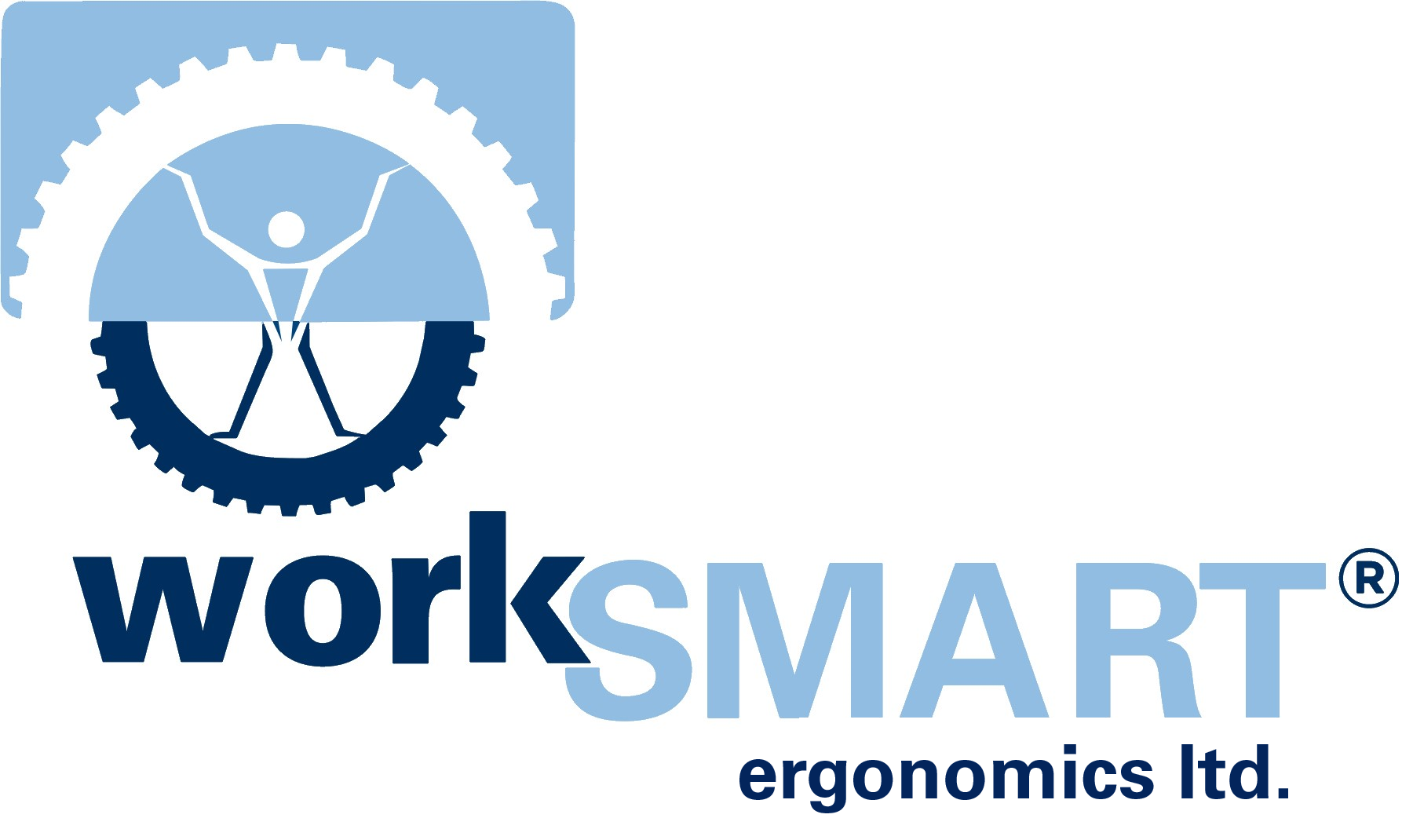CONSULTING
Whether you have workers in the field, in the shop, behind the wheel or at a desk, WorkSMART can provide ergonomics assessment services or even help you build your ergonomics program from the ground up.
Assessments
Remove barriers to quality, productivity, efficiency and safety by fitting products, tasks and environments to your people, and not the other way around. From hazard identification and risk assessment to control strategies tailored to your organization, workSMART will use evidence-based tools to come up with cost-effective solutions that clearly outline your return on investment.
Industrial
- Distribution of Worker Symptom Surveys – Designed to gather employee input such as where they feel the most discomfort during work activities in addition to identifying specific ergonomic concerns. Results are analyzed and used to validate objective findings and assist in prioritization.
- Job observation and task analysis – Through the process of interviewing supervisors and workers, combined with observing and objectively measuring job activities, WorkSMART will
- identify physical, cognitive and organizational hazards contributing to injury risk; and
- qualitatively and quantitatively analyze risk attached to identified hazards using various ergonomics and human factors tools.
- Identify control strategies – Based on following the risk control hierarchy, WorkSMART can conduct research of tools/equipment models as well as complete a literature review for similar injury scenarios. Each control is evaluated against WorkSMART’s cost-benefit matrix to assist with informed decision-making.
Office
Proactive Assessment
The objective of the assessment is to teach the employee how to adjust current office furnishings and equipment to their dimensions in order to improve comfort and prevent job inefficiencies.
A proactive assessment is appropriate when,
- individuals are pain/symptom free
- new office equipment or workstations are being introduced
- as an extension of group training in office ergonomics
Reactive Assessment
The objective of a reactive assessment is to identify contributing work factors and personal factors that are / may be contributing to an employee exhibiting signs and symptoms of discomfort, illness or injury.
Assessments are conducted on a one-on-one basis. Whenever possible, adjustments are made on the spot to optimize the work environment. It is WorkSMART’s intent to maximize existing furnishings whenever possible, as opposed to recommending new purchases.
This assessment is appropriate when,
- Specific complaints of discomfort or pain are present
- Specific complaints related to current or past diagnosed injury or illness have arisen
- Preparing an employee for return to work from a lost time injury or illness
Program Building
WorkSMART consultants will work with your organization to develop the strategic foundation necessary to support all of your tactical ergonomics efforts, and streamline with your existing safety system. achieve this by completing an ergonomics Needs Assessment and Gap Analysis (NAGA TM).
The NAGA is based on leading research, safety management system standards, and evidence-informed best practices. Whether you have a mature system in place or are starting at square one, the NAGA will help you identify the gaps that are present.
In the analysis, we will look for evidence of the key components for managing ergonomics and musculoskeletal injury prevention through an interview process with key stakeholders. We will evaluate what exists in practice in addition to what exists on paper.
Upon completion of the NAGA, a summary report of findings is issued which includes a scorecard comparing actual fatigue risk management performance against potential performance. The outcome will identify key areas for improvement and with guidance from WorkSMART, assist in the construction of the strategic framework necessary to support specific tactical elements relative to ongoing risk control and program sustainability.
We are excited to announce our upcoming workshops that may be of interest to you. Please provide your email address below to receive more information and updates about these events.
